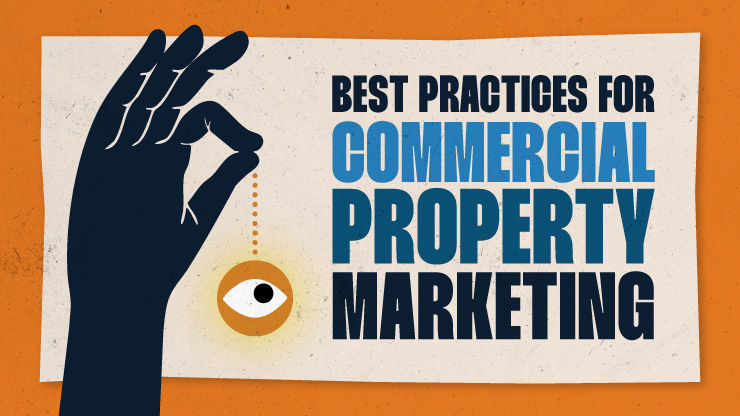Defining Contextual versus Behavioral Advertising
- Mark Kalkwarf
- Mar 14, 2021
- 3 min read

There is no denying that the tension between contextual and behavioral advertising is becoming an ever-important consideration. At the forefront, increased legislation (think GDPR), consumer-savviness, and communication performance have spurred the debate.
Fundamentally, you can think of the core difference between the two as a push versus pull marketing strategy. Behavioral advertising harnesses consumer data to push ads to an audience who fall within defined parameters wherever they are - such criteria include demographic, psychographic, and behavioral characteristics.
Alternatively, contextual advertising selects ad placements based on the nature of the medium, where an audience’s affinity is drawn to or pulled to relevant content at a defined ‘location’.
Think of walking into a retail store. You browse the various aisle, stop and look at several items, and end up trying on a couple of premium denim jeans. Not sure if the fit is snug you leave, no purchase made. Based on this behavior you could be classified as a male, aged 20-35, medium-to-high income from Bakersfield, California. You displayed an interest in fashion and consumer goods, particularly clothing, trousers - the denim type. All of these, and more, will be used to target you at a later stage from a behavioral advertising perspective.
Now think of walking into the same retail store. You browse various aisles, stop and look at several items, and end up trying on a couple of premium denim jeans. Not sure if the fit is snug you leave, no purchase made. Walking out the store you spot a billboard advertising an alternative brand of jeans that piques your interest. This ad was placed contextually, based on the nature of the retail store and its expected clientele.

Contextual versus Behavioral Advertising – So What
To understand the impact of selecting contextual or behavioral advertising methods, take a walk, well … in your own shoes.
You browse for a pair of sunglasses as a possible birthday gift for a friend online.
You check you mail, sunglasses.
You scroll through your social feed, Sunglasses.
You catch up on some of the latest news, SUNGLASSES.
Behavioral advertising is extremely powerful, and should most definitely be leveraged. If it walks like a horse and talks like a horse, chances are it is a horse. Similarly, if an individual has displayed affinity or interest in a specific product/service, chances are they are indeed interested. BUT, interest is fleeting and situational, and stimuli in your surrounding environment, to a large extent, determine which thoughts and ideas are top of mind. In other words, if you’re typing up a mail to a long-lost friend, or reading up about are cent political oust, chances are you are not (overly) receptive to sunglasses advertisements.
Effective targeting and communication shouldn’t operate in a silo, and no method is absolute. What we’ve found at ATYPICAL is combining the two methods delivers the best results, with contextual placements acting at a primary anchor, and behavioral criteria overlayed for optimization. Through the two you can narrow and refine your audience to reach your ideal target market when intent is piqued.
At ATYPICAL we create the demand for products and services in the commercial real estate industry and understand the various stakeholder and audience personas in the CRE industry. We know how to not only target these individuals but drive effective engagement from them. Our team has built and refined (proven) audience profiles around owners and operators, developers, brokers, tech-savvy CRE leaders, tenants, and more.
Contextual versus Behavioral Advertising – Where to From Here
Are you struggling to reach your target market, or feel your communication efforts are falling on deaf ears? Do you feel you have a coherent, wholesome understanding of your target persona/s, but can’t translate this to meaningful channel and audience placement, and consequently ROAS (return on ad spend)?
We continue to delve deeper into where your audience is most receptive to communication, how to reach them at these locations, what type of content pieces resonate at varying stages in the decision-making journey, and how this ties in with overall business objectives.
Let’s start the conversation on how we can help you maximize your bang per buck with advertising dollars.


